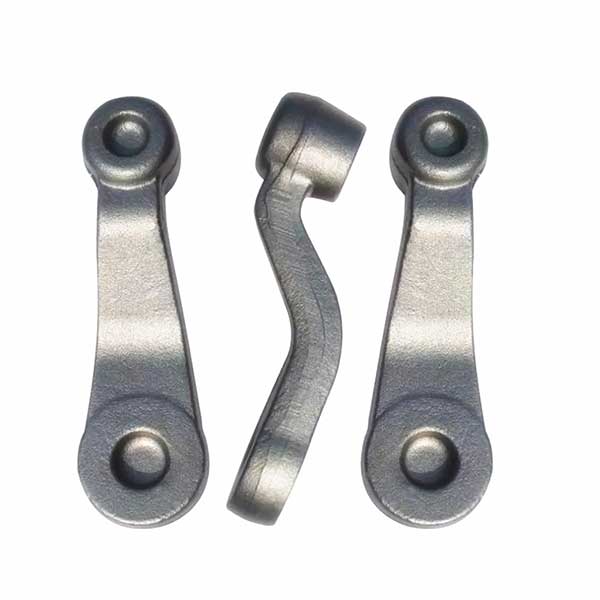Open die forging and die forging are two common forging processes, but they differ in the way the metal is shaped and formed. Here are the key differences between the two processes:
Equipment: Open die forging is done using large hammers and presses to deform the metal into the desired shape, while die forging uses a set of dies (also known as molds) to shape the metal. The dies are typically made of steel and are designed to withstand the high temperatures and pressures of the forging process.

Process: In open die forging, the metal is placed on a large anvil and struck repeatedly by a hammer or press, which deforms the metal into the desired shape. The metal is not confined by the dies, which allows for more flexibility in the shape and size of the final product. In die forging, the metal is placed between two dies, which are then pressed together to shape the metal. The dies are typically designed to create a specific shape or form, and the metal is pressed until it fills the cavity of the dies.
Material utilization: Open die forging typically results in more material waste than die forging. This is because the metal is not confined by the dies, which means that excess material is often removed during the forging process. Die forging, on the other hand, is a more precise process that minimizes material waste by using the exact amount of metal required to fill the die cavities.

Applications: Open die forging is commonly used to create large, custom-shaped forgings such as crankshafts, connecting rods, and other heavy machinery components. Die forging is typically used for smaller, more intricate parts such as gears, valves, and bearings, which require a high level of precision and consistency.
Overall, both open die forging and die forging are effective methods of shaping and forming metal. The choice between the two methods depends on the size, complexity, and required precision of the final product.


